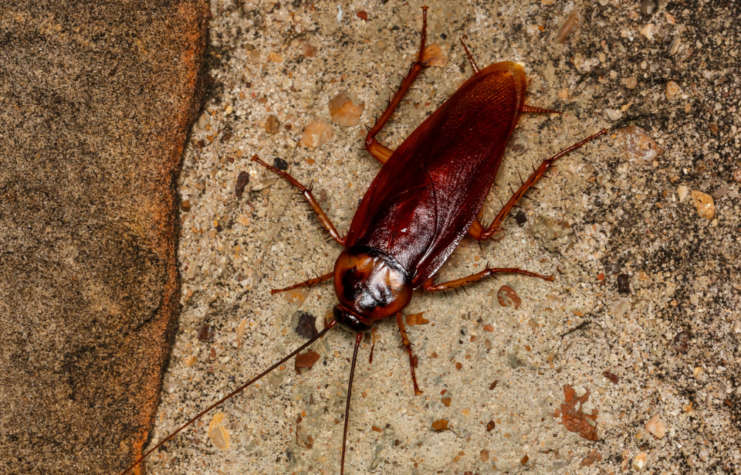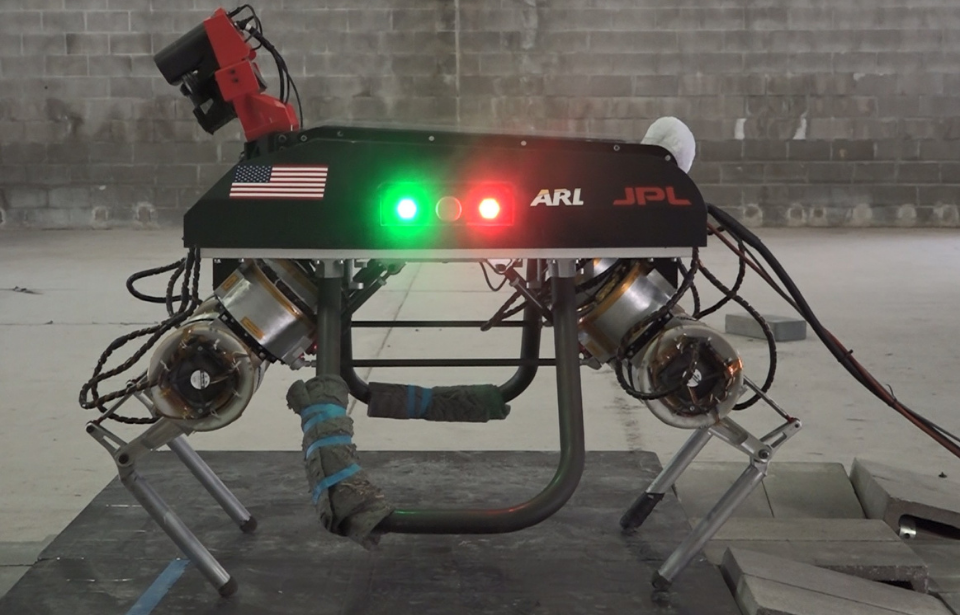U.S. Army scientists are looking to the animal kingdom to help future legged robots catch up to the efficiency of tracked and wheeled transport. It is hoped that by learning more about this field, future legged robots will be able to go with troops through difficult terrain that is simply too much for conventional forms of vehicular movement.
This new information may prove to be invaluable in the development of legged robotics.
Legged robots have lagged behind
“Ground vehicles that maneuver on wheels or tracks, and air vehicles that resemble small airplanes which we call fixed wing, and small helicopters, which are rotary wing, are now quieter and easier to integrate in troop formations. But for legged platforms, many hurdles remain elusive, and a huge one is making them energy efficient.” Said researcher Alexander Kott.

To investigate legged robot efficiency, researchers dived into old studies from the 1980s that focused on the efficiency of animal movements. Alongside Kott were researchers Sean Gart and Jason Pusey from the Army Research Laboratory, who compiled their findings in a peer-reviewed article.
Working from a formula that estimates the relationship between the mass, speed, and power expenditure of animals, the team extrapolated this to cover man-made systems. Some of the systems used in the study were a 17th-century British canon, an M1 Abrams tank, and a train.
Using the formula on these systems showed that machines also have a relationship between these variables, and that relationship is basically the same as that found in animals: “A single formula describes organisms and systems, from a cockroach to a battle tank,” the paper claims.

So, if man-made wheeled or tracked machines are equally efficient to legged animals, then man-made legged vehicles should be too, which they are currently not. The researchers are yet to understand why the relationship is the same for both Mother Nature’s creations and mankind’s, but they believe this data will be useful for future robots.
Legged vehicles can go where tracks and wheels can’t
The need for legged vehicles has increased substantially in recent years, as aerial reconnaissance drones that are now a commonplace piece of military equipment have made open areas off-limits to enemies. Groups like the Taliban and al-Qaida have been pushed into mountains in order to stay hidden. The terrain in these areas is mostly impassable to both wheeled and tracked vehicles, which would otherwise be used to carry supplies for the troops.
“In the world of unmanned combat aerial vehicle and intelligent munitions, there is a growing role for dismounted infantry that can advance, often for multiple days, and attack in the most cluttered terrain such as mountains, dense forests, and urban environments,” said Kott.
“That’s because such terrain provides the greatest cover and concealment against the unmanned aerial vehicles. That, in turn, demands that dismounted infantry should be assisted by vehicles capable of moving easily in such a broken terrain. Legged vehicles – possibly autonomous–would be very helpful.”
So the answer is clearly legged vehicles, which are capable of moving over much harsher terrain, but currently, the progress on legged robots is far behind that of wheeled and tracked robots, mainly due to their poor efficiency.
More from us: The Avro Arrow: The Groundbreaking Aircraft Canada Will Never Forget
Their efficiency can only currently be addressed by supplying troops with spare batteries or fuel, which would add to the already immense loads they have to carry.
However, this research provides engineers with a reliable way to decide how much power a legged design needs for a given mass and speed, and make future robots much more efficient.
